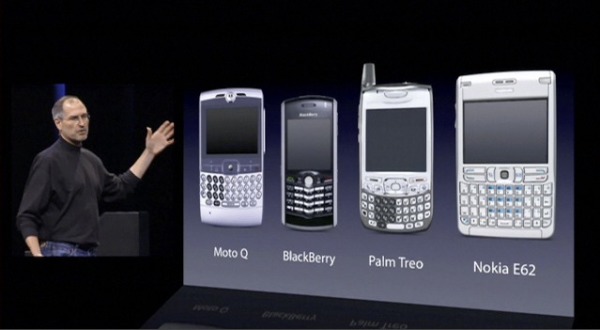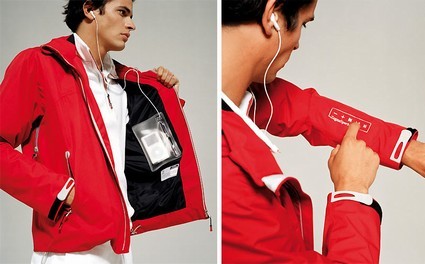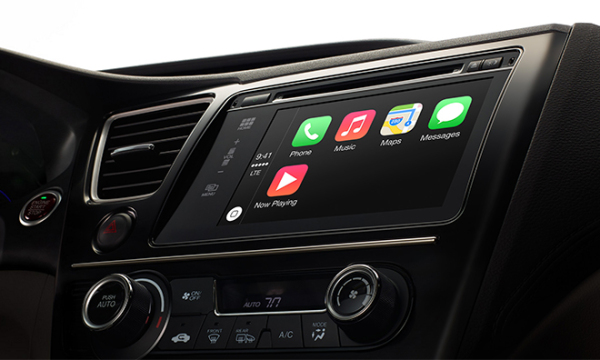I'm having an odd issue, and I wonder whether anyone else has seen anything like this.
I have a headless Mac mini1, named "cooper" for reasons that should be obvious. The mini lives in a cupboard (not under the stairs), and its main job is to run iTunes and feed the AppleTV, as well as any other long-duration tasks. It also occasionally acts as a test bed for my projects, but those have been few and far between lately. Surprise! It turns out that having kids takes up a bunch of time that would otherwise be available for projects, and once they're in bed I'm usually too shattered to do anything very serious.
Because it's headless, the main way I interact with it is via Share Screen from my MacBook Air. The problem is that the mini occasionally loses the ability to advertise itself as a Shared device in the Finder sidebar.
![]()
In this screenshot, I only see the NAS. There should be another entry above that, like so:

The thing is, the mini is still reachable via VNC - just not from the Finder, because the Finder in its wisdom only allows you to Share Screen from a machine that is visible under Shared. Using the "Connect to" menu action, or for that matter iSSH on the iPad, however, I can still VNC in and see that everything is running fine.
The only fix to this issue that I have found is to reboot the mini. Since I can get in both via VNC and via SSH, this isn't a huge issue, because I can shut things down and make it a clean reboot, but it's still annoying. I haven't been able to figure out a cause, either; sometimes it happens while I'm connected via Share Screen if the Air goes to sleep, while at other times it happens if the mini is asleep - it wakes up but doesn't advertise itself in the Finder sidebar.
Both the Air and the mini are running Yosemite. Any suggestions?
UPDATE: Ars Technica did publish a deeper investigation than I got into. It seems that the root of the problem is indeed in discovery, as I had surmised. With Yosemite, Apple switched from mDNSResponder to discoveryd, and it looks like the latter has some issues.
That said, the Ars suggestion of restoring mDNSResponder seems insane to me. I guess I will just muddle through until Apple fixes discoveryd.
-
Yes, that is the correct capitalisation, TYVM. ↩









